Perfect Your Aesthetic Patient Consultations
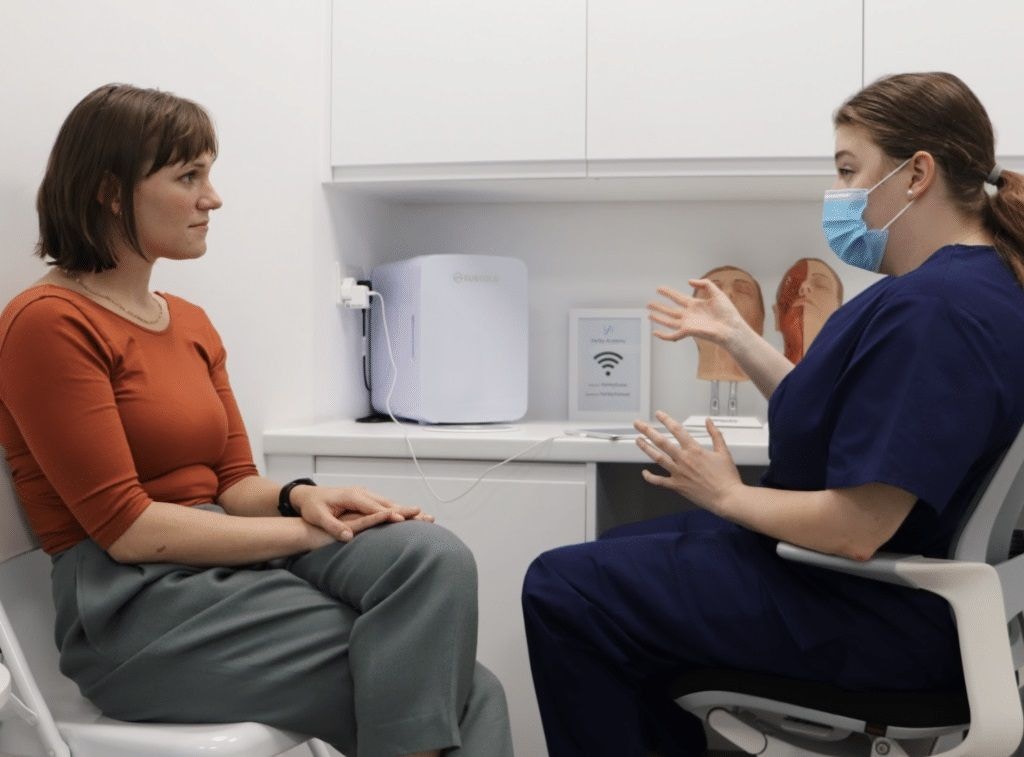
Want to know how to perfect your aesthetic patient consultations? Here is our expert advice on the elements each clinical consultation should contain.
Note we say “clinical” consultation; we believe every consultation should take place in person, not remotely. Furthermore, if you are seeing a patient for a toxin consultation, it is illegal in the UK to prescribe this prescription medication remotely.
We spoke about this with one of our senior clinical trainers, cosmetic nurse prescriber, medical aesthetics clinic owner and Allergan Academy Board member, Natalie Haswell.
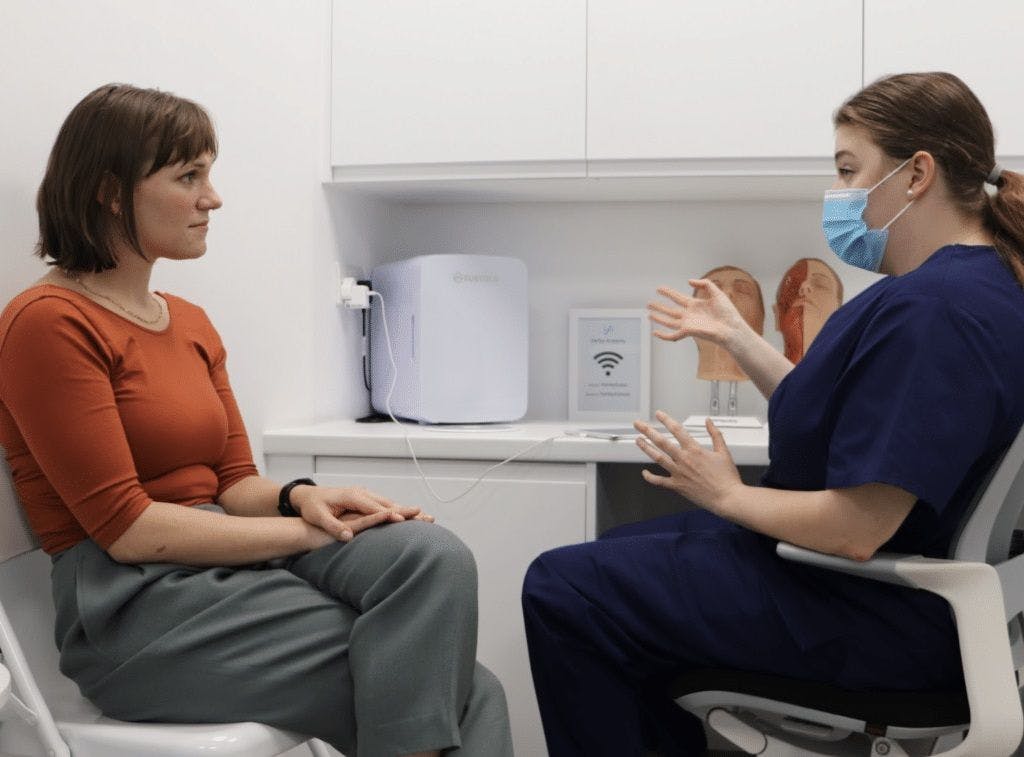
HOW TO CONDUCT A THOROUGH AESTHETIC PATIENT CONSULTATION
Nat is a Harley Academy graduate who took her combined Level 7 Diploma in Botox and Dermal Fillers with Cosmetic Dermatology with us before kick starting her successful career in facial aesthetics.
Here she outlines these key points so you can perfect your aesthetic patient consultations...
Make your patient feel comfortable and reassured
“You should be talking to and reassuring your patient from beginning to end,” notes Nat.
It may seem corny and we often state this but it’s true and bears repeating: people may not remember what you say but they will always remember how you make them feel.
The best way to a smooth and positive patient consultation is for both parties to communicate clearly and openly. Ensure you make your patient feel comfortable about sharing with you. Not only will this rapport help your consultation to go well, but it also tends to lead to better treatment outcomes.
8 Steps for gathering medical information during patient consultations
“You must always remember to discuss the following points with your patient,” Nat asserts.
Medications: prescribed, over the counter (OTC) and/or herbal?
Allergies and intolerances? Food, environmental or drug-related?
Psychiatric/mental health (PMH)
Aesthetic history: what, when and where? With whom?
Are they planning on going on holiday or travelling soon?
Their occupation
Are they pregnant, breastfeeding, undergoing IVF, or in peri/menopause?
Dental history; any upcoming dental work?
Social history/hobbies: drinking, smoking, horse riding, for example.
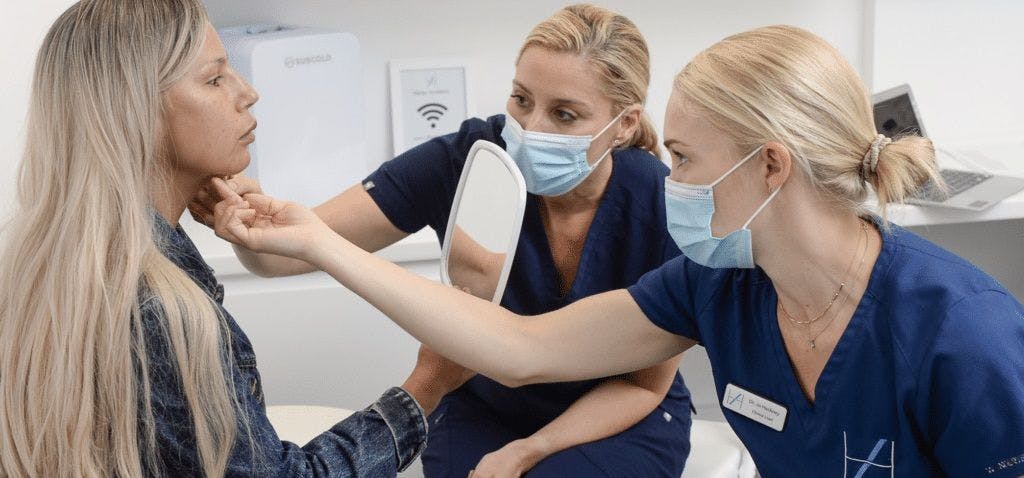
Perform thorough facial and skin assessments
“For your facial and skin assessments, remember to use thirds and the Fitzpatrick scale. Ensure you fully grasp aesthetic angles in order to perform this correctly, including, for example, the Ricketts line, Humphreys’ line and the Golden Ratio 1:1.6,” advises Nat.
Discuss their concerns, goals and your treatment recommendations
“This one seems pretty straightforward but often you’ll find patients won’t know exactly what they want, treatment-wise,” notes Nat.
“It is up to you to talk this through with them and, as before, try to get them to open up so you can get to the bottom of their concerns. For example, someone may come to you asking for botox to smooth their forehead because they feel they look sad. However, it may be that this effect is actually the result of perioral lines or folds in the midface. Once you know what it is they’re trying to achieve, you can start to discuss your recommendations.”
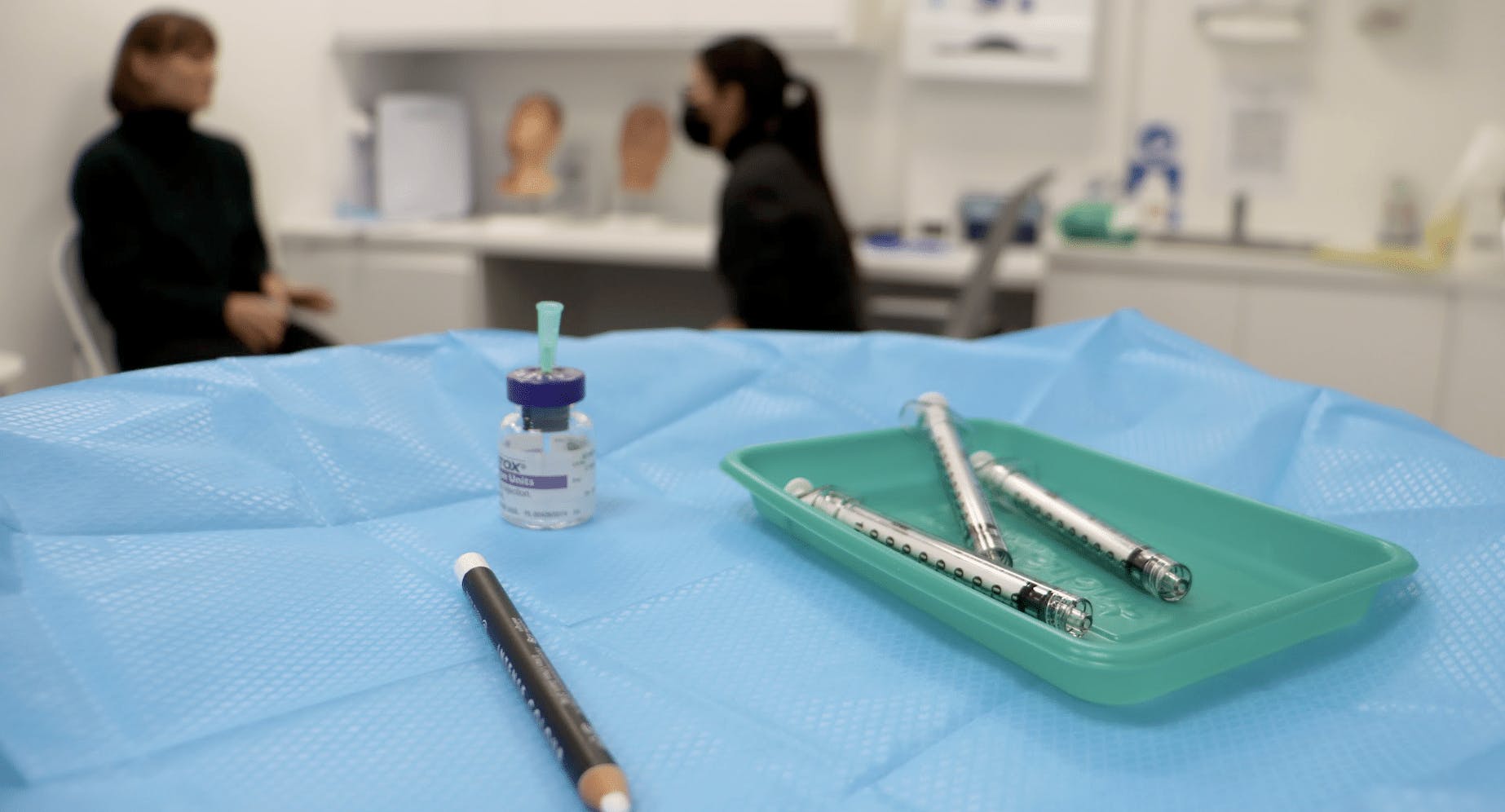
Agree upon a treatment plan
“Once you have outlined your treatment recommendations, explain why you are suggesting them, what effects they should have, how long these should last, etc. You must also discuss the risks and potential complications associated with these, as well as how you would manage them, should they occur,” outlines Nat.
“All medical procedures come with risks, it’s a question of making sure your patient is fully informed in order to make a final decision as to whether or not they wish to proceed with treatment. This also is your chance to highlight your training and skills as a medical aesthetics practitioner by demonstrating your knowledge and capabilities in preventing and managing complications.”
Ensure you obtain informed consent
Once you have performed the consultation and the patient has decided to proceed with treatment, ensure you obtain their signatures on the appropriate consent forms. Explain these to them, allow them time to read the forms and show them where to sign when they are ready.
Nat points out, “If there are any opt-in boxes contained within these consent forms, for example consent to contact them for marketing purposes or consent to use their images for marketing, highlight these to them so they are fully aware of what they are agreeing to.”
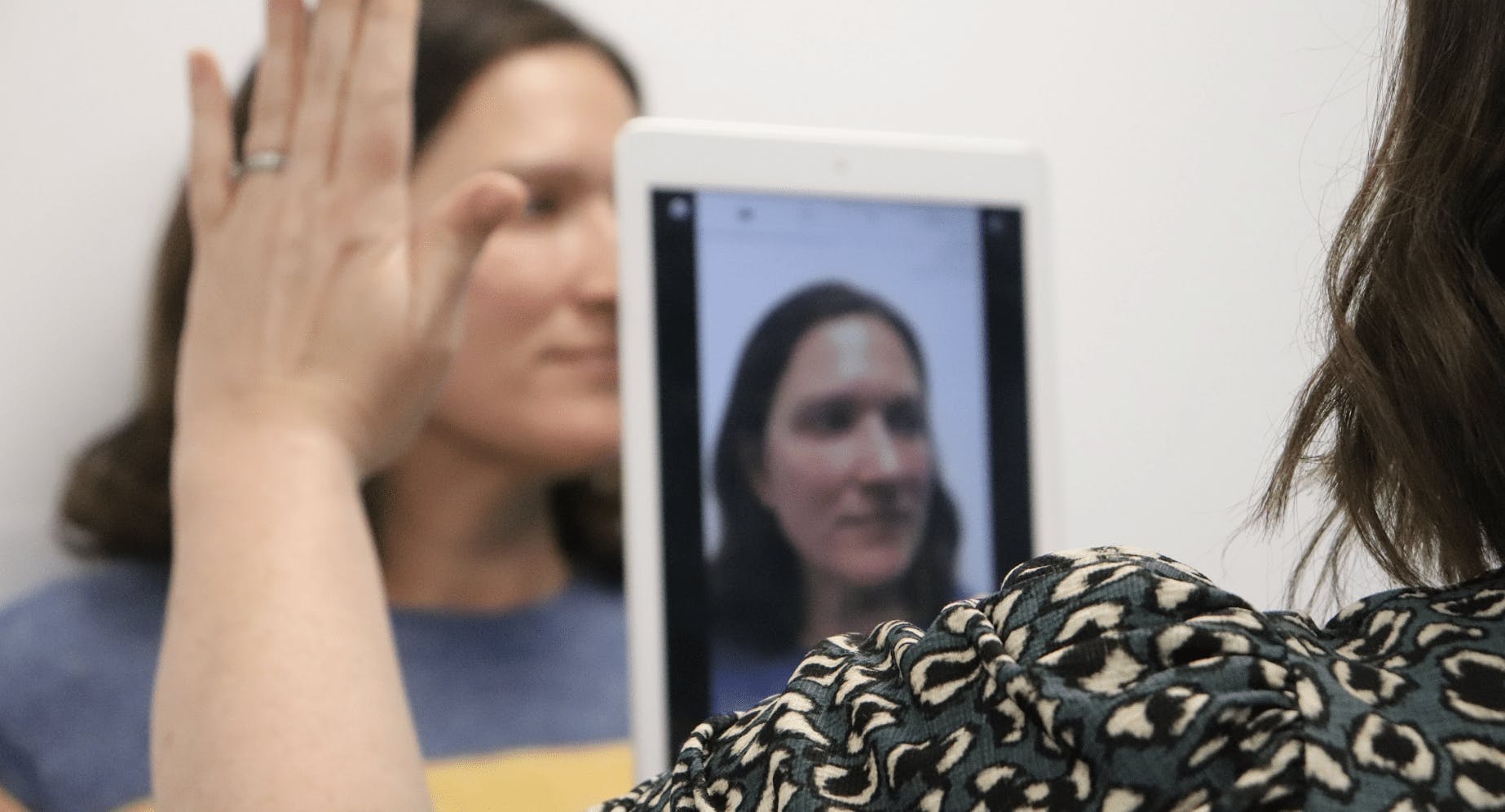
Be intentional with your clinical photography
Clinical photography, in the first instance, should not be about getting Before and After treatment images for your portfolio or social media. They are intended to inform and document your treatment plan and outcome.
Investing a few minutes in taking these photos and taking an intentional approach to your clinical photography is hugely worthwhile. Not only does it allow you to log visual progress, but these photos are exceptionally useful when dealing with complaints.
When it comes to this approach, Nat advises considering, “What photos are you taking? At which angles? Think about why and what you need to evidence, both statically and in dynamic movement. If you attend Harley Academy Foundation Training or Core Training courses you will be taught all the appropriate angles for both botox and filler cases.”
Give appropriate aftercare advice and emergency contact details
“Just think logically and review consent forms and guidance,” says Nat. “Ensure all advice given can be supported by a scientific rationale and explain this to your patient so they are more likely to be concordant.”
If your patient properly observes the aftercare advice, there is less risk of complications and complaints, so do your best to explain this to them. You may wish to have aftercare advice for popular treatments printed onto flyers you can give to patients before they leave, and/or add this information to your website if you have one. You can also email this to them as a follow-up once they leave your clinic.
“One thing every good aesthetics practitioner should do, in addition to providing relevant aftercare advice, is give every patient their emergency contact details before they leave,” Nat notes.
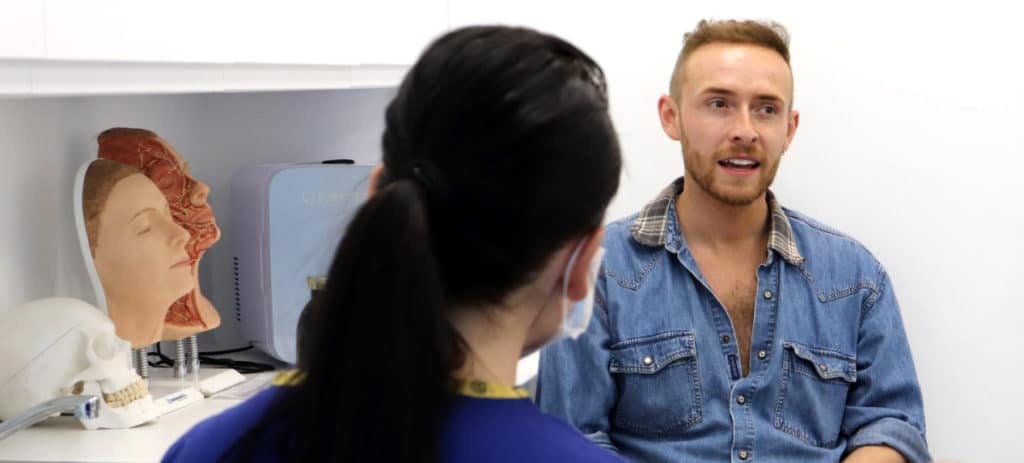
Keep an eye on the time
“It’s crucial to remember that you are working in a real clinic and every appointment has a time frame,” reminds Nat. “Time management is important so ensure you allow enough time to perform your patient consultation thoroughly, in addition to any treatments.”
“Students who are treating The Academy Clinic patients during mentoring sessions as part of their Level 7 Diploma in Botox and Dermal Fillers will usually have 45 minutes to an hour per appointment. This time slot is for your whole process – consultation, obtaining consent, taking photos before and after treatment, treating the patient, explaining aftercare to them and answering any queries,” she explains.
“It’s important that you’re on time and start to get into a rhythm, learning to balance consultations with your treatment timings, in order not to keep other patients waiting. We’re assuming you’ll have a packed diary, after all!”
We hope you find this advice useful and, if you try any of it out, let us know how you get on over on the Harley Academy Instagram account. You can tag us in your posts or Stories about your new aesthetics patient consultation prowess using @haswell_aesthetics_colchester for Nat and @harley_academy for us.
All information correct at the time of publication.
Download our full prospectus
Browse all our injectables, dermal fillers and cosmetic dermatology courses in one document
By submitting this form, you agree to receive marketing about our products, events, promotions and exclusive content. Consent is not a condition of purchase, and no purchase is necessary. Message frequency varies. View our Privacy Policy and Terms & Conditions
Attend our FREE open evening
If you're not sure which course is right for you, let us help
Join us online or in-person at our free open evening to learn more
Our Partners













STAY INFORMED
Sign up to receive industry news, careers advice, special offers and information on Harley Academy courses and services

